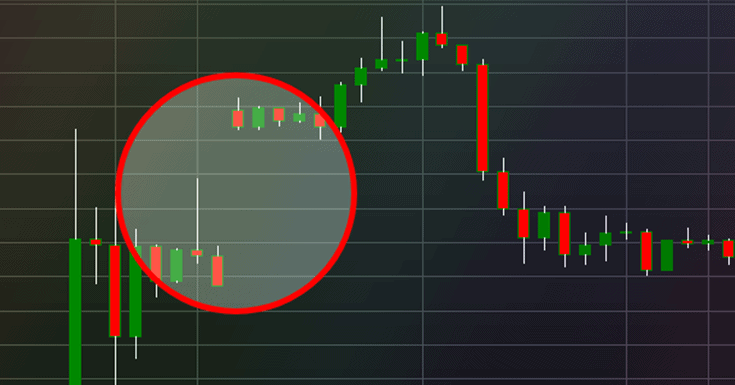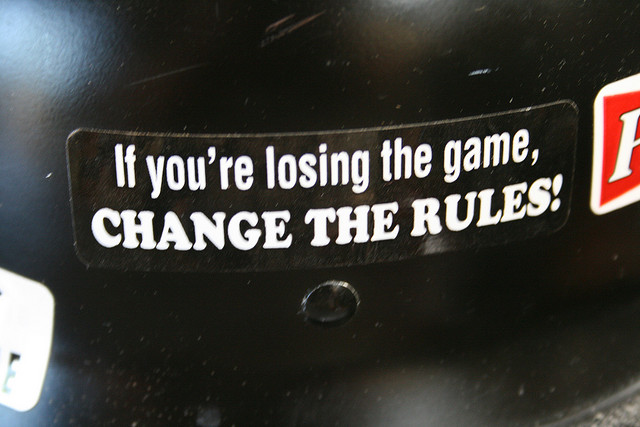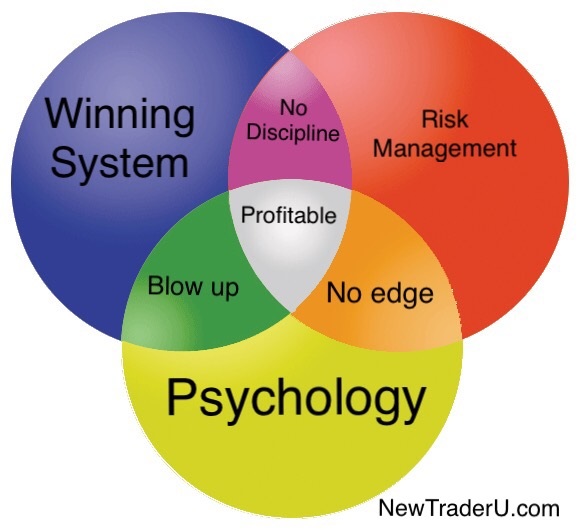Reblog: Why I Ditched Technical Indicators (And Why You Should Too)
While the article talks about Forex, the underlying concept applies to stocks as well.

Technical indicators are no doubt a favorite topic in the financial markets. They can range from a simple moving average to a complex array of algorithms.
It doesn’t matter whether you’re trading stocks, commodities, futures or any other market; technical indicators are a common theme.
Useful? Well, that’s another matter entirely.
But of all the financial markets, Forex is arguably the worst offender of overutilizing indicators. Proprietary languages like MetaTrader’s MQL have made it relatively easy for newcomers to design anything imaginable.
Other trading platforms offer similar languages. There are even businesses that do nothing but custom code indicators for clients.
And if you ask me, it’s closer to being part of the problem than the solution.






 I think we can all agree that habits are what determine our success or failure in any endeavor, trading included. So, how do we go about developing the type of habits that will lead us to profitable trading?
I think we can all agree that habits are what determine our success or failure in any endeavor, trading included. So, how do we go about developing the type of habits that will lead us to profitable trading?


